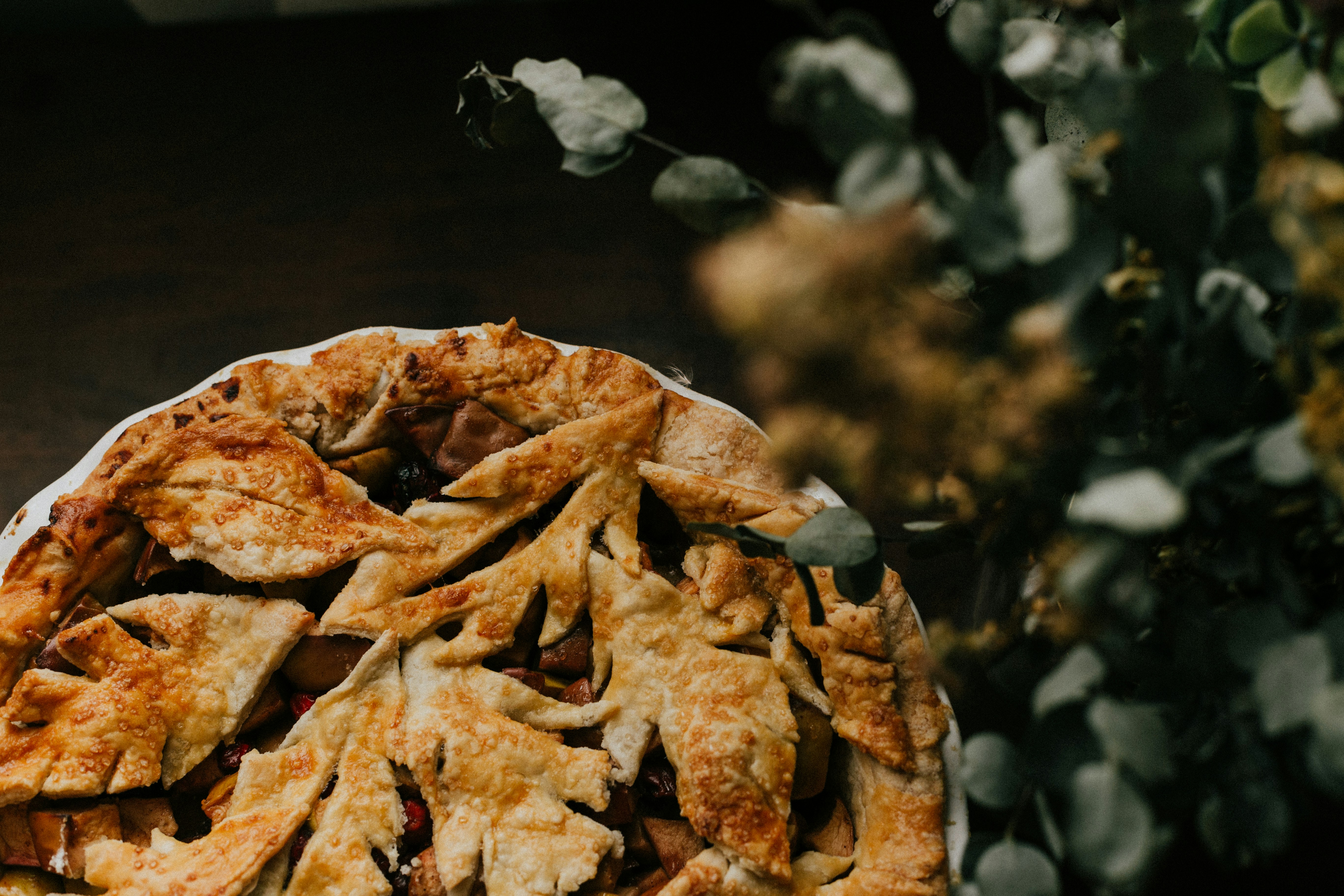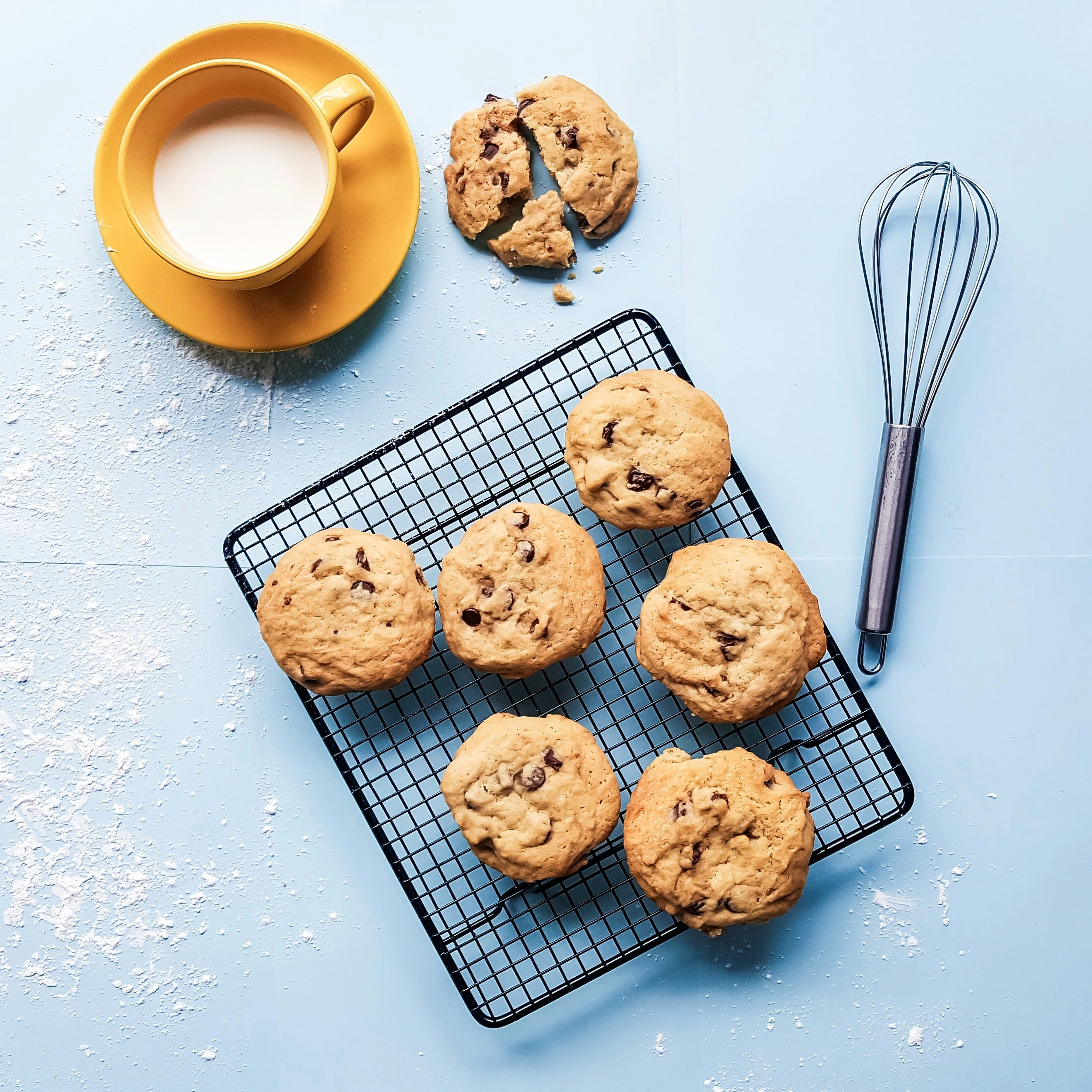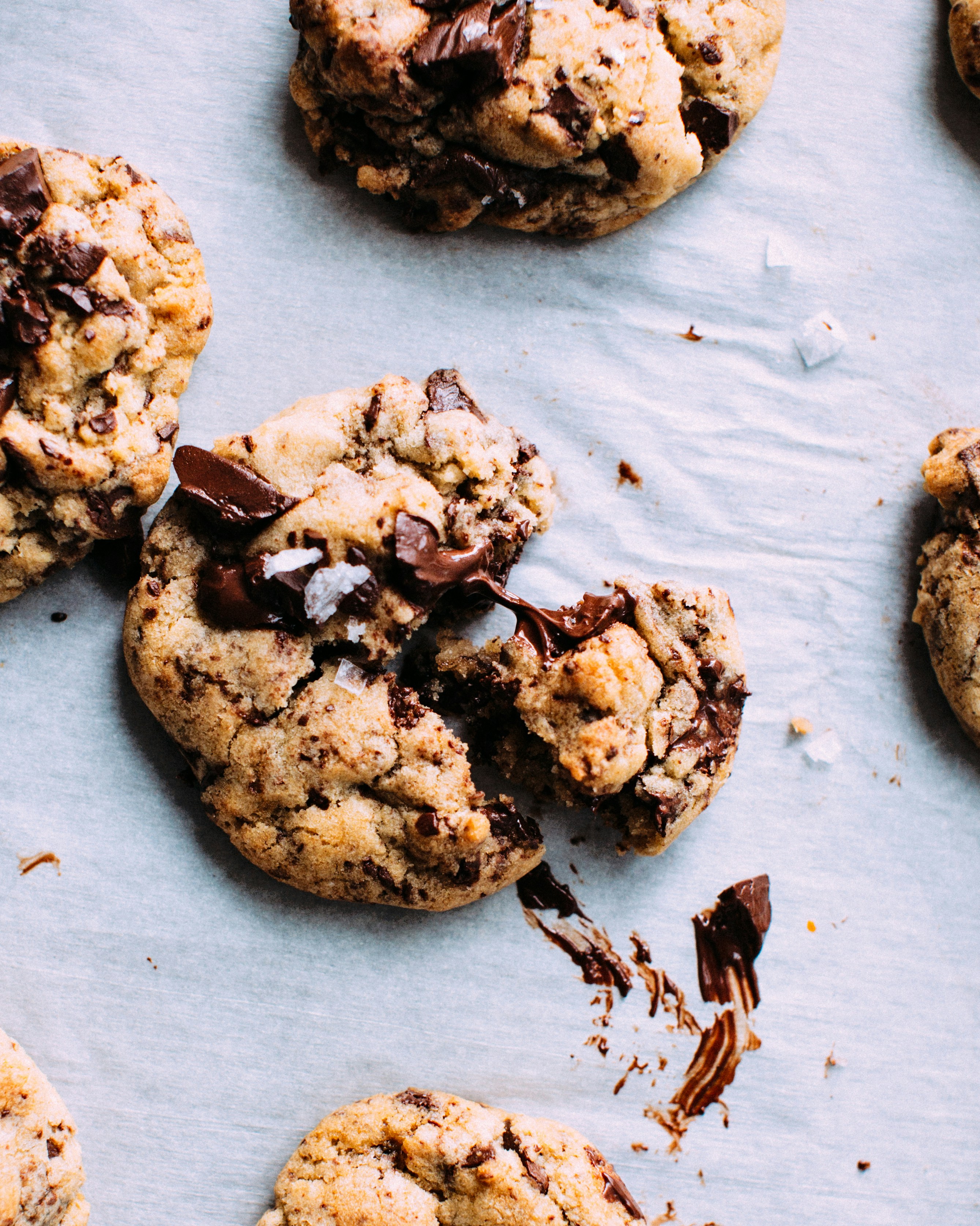Have you ever craved a freshly baked muffin or a gooey cookie but found yourself needing to avoid high-oxalate foods? If so, you’re not alone. For many, managing oxalate intake is crucial for health, particularly for individuals prone to kidney stones. When you’re adjusting your diet for health reasons, it can initially seem like a daunting task, especially if it involves giving up your favorite treats. Yet, creating delicious baked goods without the fuss of oxalates is entirely achievable with the right guidance and creativity. Let’s take this journey together and explore how you can satisfy your sweet tooth without compromising your dietary needs.
Understanding Oxalates
Before you start baking, it’s essential to understand what oxalates are and why you might need to limit them. Oxalates are naturally occurring compounds found in a variety of foods. In most people, oxalates are excreted through urine without any issues. However, some individuals can develop kidney stones or other complications if they consume foods high in oxalates.
Why Monitor Oxalate Intake?
When oxalates bind with calcium in the kidneys, they can form calcium oxalate crystals. While harmless in small amounts, these crystals can grow into kidney stones when oxalate levels are too high. For some, particularly those prone to kidney stones or who have certain metabolic disorders, moderating oxalate intake is a necessary part of their dietary plan.
Embracing Low-Oxalate Ingredients
Switching to low-oxalate baking isn’t just about what you need to avoid—it’s about embracing a whole new set of ingredients.
Flour Alternatives
Traditional wheat flour might not be high in oxalates, but there are plenty of exciting alternatives to explore. Use flours that are known for their low-oxalate content, such as:
- Coconut Flour: Low in oxalates and high in fiber, making it a perfect choice.
- White Rice Flour: An excellent staple, it provides a light and fluffy texture to baked goods.
- Almond Flour: While moderate in oxalates, it can be used in small amounts for flavor and moisture.
| Flour Type | Oxalate Content | Best Used For |
|---|---|---|
| Coconut Flour | Low | Muffins, Cookies |
| White Rice Flour | Very Low | Biscuits, Cakes |
| Almond Flour | Moderate | Flavor Enhancer, Texture |
Sweeteners and Add-Ins
When it comes to sweeteners, honey and maple syrup are great natural options. These alternatives to refined sugars not only add sweetness but also enhance the flavor of your baked goods. As for add-ins:
- Coconut: Low in oxalates and adds a pleasant chewiness.
- Apples: Fresh or as applesauce, they add moisture and natural sweetness.
- Bananas: Perfect for flavor and to act as a binding agent.
Baking Delicious Low-Oxalate Muffins
Muffins are a perfect start—they’re versatile, easy to make, and ideal for breakfast or a quick snack. Let’s look at crafting muffins that are not only delicious but also low in oxalates.
Classic Banana Muffins
Using ripe bananas not only adds flavor but decreases the need for additional sweeteners.
Ingredients:
- 2 ripe bananas, mashed
- 1 cup coconut flour
- 1/2 cup almond milk
- 2 eggs
- 1/4 cup honey
- 1 tsp baking powder
- 1 tsp vanilla extract
Method:
- Preheat your oven to 350°F (175°C) and line a muffin tin with paper liners.
- Mash the bananas in a large bowl. Add the eggs, almond milk, honey, and vanilla, and mix until well combined.
- In another bowl, whisk together coconut flour and baking powder.
- Fold the dry ingredients into the wet ingredients until they are just combined.
- Spoon the batter into the muffin cups, filling each about three-quarters full.
- Bake for 20-25 minutes or until a toothpick inserted into the center comes out clean.
Apple Cinnamon Muffins
Apples and cinnamon are a match made in heaven, providing warmth and sweetness.
Ingredients:
- 1 cup white rice flour
- 1/2 cup unsweetened applesauce
- 1/4 cup honey
- 1/2 tsp cinnamon
- 1 tsp baking soda
- 1/4 tsp salt
- 1 egg
Method:
- Preheat the oven to 350°F (175°C) and prepare your muffin tin.
- Combine applesauce, honey, and egg in a mixing bowl.
- In another bowl, mix together rice flour, cinnamon, baking soda, and salt.
- Gradually add the dry ingredients to the wet ingredients, stirring until just combined.
- Fill the muffin cups appropriately and bake for 18-20 minutes.
Crafting Low-Oxalate Cookies
Cookies bring comfort and nostalgia. Opting for low-oxalate cookies doesn’t mean you’re losing flavor or enjoyment.
Chewy Coconut Cookies
These cookies are chewy and satisfying, with the coconut providing natural sweetness.
Ingredients:
- 1 cup shredded coconut
- 1/2 cup almond flour
- 1/4 cup honey
- 1 egg
- 1 tsp vanilla extract
- A pinch of salt
Method:
- Preheat your oven to 350°F (175°C) and line a baking sheet with parchment paper.
- In a bowl, combine all ingredients, mixing well.
- Drop spoonfuls of the mixture onto the baking sheet.
- Bake for 10-12 minutes or until the edges are golden brown.
Almond Butter Cookies
These rich and nutty cookies melt in your mouth, perfect for a teatime treat.
Ingredients:
- 1 cup almond butter
- 1/2 cup honey
- 1 egg
- 1/4 tsp salt
- *Optional: A handful of chopped almonds for added crunch
Method:
- Preheat your oven to 350°F (175°C).
- Mix almond butter, honey, egg, and salt in a bowl until smooth.
- Scoop tablespoons of dough onto a baking sheet, pressing lightly with a fork.
- Bake for about 10 minutes.
Exploring More Low-Oxalate Baked Goodies
Beyond muffins and cookies, there are numerous other baked goods you can enjoy while maintaining a low-oxalate diet.
Biscuits and Scones
These classic tea time treats can easily be adapted.
Simple Coconut Biscuits
For a buttery, crispy biscuit, coconut flour comes to the rescue once again.
Ingredients:
- 1/2 cup coconut flour
- 1/4 cup butter
- 1 egg
- A pinch of salt
Method:
- Preheat your oven to 375°F (190°C) and line a baking sheet.
- Mix coconut flour, butter, egg, and salt in a bowl until it forms a dough.
- Roll dough out and cut into desired shapes.
- Bake for about 15 minutes.
Low-Oxalate Cakes
Sometimes you just need a slice of cake. Thankfully, there are low-oxalate ways to indulge.
Vanilla Rice Flour Cake
Using rice flour will give you a light, fluffy cake without high oxalates.
Ingredients:
- 2 cups white rice flour
- 3/4 cup sugar
- 1 cup butter
- 2 eggs
- 1 tsp vanilla extract
- 1 tsp baking powder
Method:
- Preheat oven to 350°F (175°C) and prepare cake tin.
- Cream butter and sugar until light. Add eggs one at a time, beating well.
- Add vanilla. Sift rice flour and baking powder together, then gradually mix into wet ingredients.
- Pour into the cake tin and bake for 30-35 minutes.
Tips for Successful Low-Oxalate Baking
Achieving the perfect low-oxalate baked good requires a little finesse.
-
Measurement is Key: Baking is a science, after all. Getting your measurements right can mean the difference between a crumbly cookie and a chewy delight.
-
Experiment and Enjoy: Don’t be afraid to try out different recipes and combinations.
-
Moisture Matters: Low-oxalate flours may absorb moisture differently. Adjust liquid ingredients as needed for the right consistency.

Wrapping Up Your Baking Adventure
Baking low-oxalate goodies isn’t about restriction—it’s about innovation, creativity, and rediscovery. You have the opportunity to create delectable treats that align with your health needs without compromising on flavor or texture. As you explore these recipes and develop your own, remember that your kitchen is a canvas. Savor each bite, knowing you’re nurturing your body and gratifying your taste buds. Happy baking!




